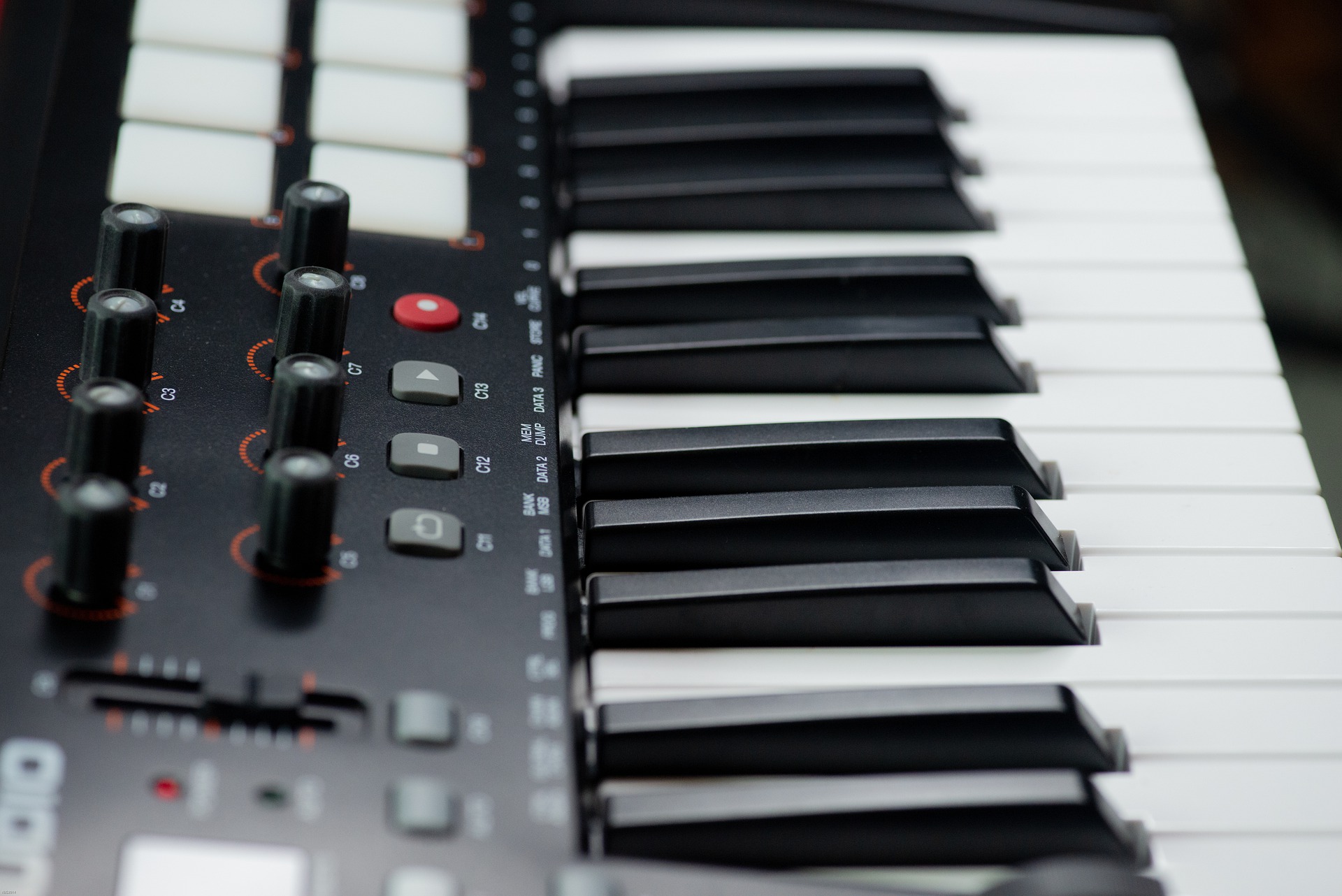It is such a world of wonder of the technology getting advanced over the course of the history! From the invention of the giant machines, vehicles, advanced computing machines to almost everything that was dawning upon the human kind across various sectors. The same was true for the musical instruments which also faced great changes.
One of the most notable changes and new innovations was the keyboard synthesizer Mellotron. Mellotron is considered as one the legendary synthesizers of all time.
So, what is so special about Mellotron?
A brief history of Mellotron
Mellotron was released in 1963 by the British company Bradmatic and Mellotronics in Birmingham. Mellotron was so innovative since it brought the idea of sound sampling into the industry. Although Mellotron is most often credited for the idea of the whole sound sampling, it is worth noting Mellotron was not the first device providing musicians with such functionality. Actually, the original idea of sampling came down from another instrument that was out at the time called, Harry Chamberlin from California.
Harry Chamberlin was essentially the first keyboard that used the tape driven method to generate sound for commercial use. Before that, this concept was already under research in various studios.
How is Mellotron working?
Mellotron does not have the latter electronic circuit driven sound generator. Mellotron generates sounds by the means of a magnetic tape. This was the idea of the whole sampling that is so polished and accurate these days due to the modern technological inventions.
You could record any sound to the tape and alter its pitch and gave it some colour and texture to some degree.
If mighty Mellotron does not have a circuit driven motherboard, than how does it work?
Behind the scene Mellotron has a whole bunch of components engineered together to tailor the sound together. Under the hood to be precise, Mellotron has 34 tape reels on 34 different notes. Mellotron works in such a way that when you press a key the reel gets pulled up and the sound of the tape is being played associated with the note pressed. The initial pressure on the key, connects a pressure pad on the tape head and the pinch wheel. This is done by the help of the giant rotating capstan that old school films or camera had. The tape pulled is balanced by a spring attached to the bottom of the tape, so when you release the note the tape is set back to its initial position. When the tape is pulled, the rest of the extra tape is stored in a temporary zone where the excessive tape is put and released as the note is depressed. The playback head is similar to one of the devices typical for the days of the cassette tape decks.

